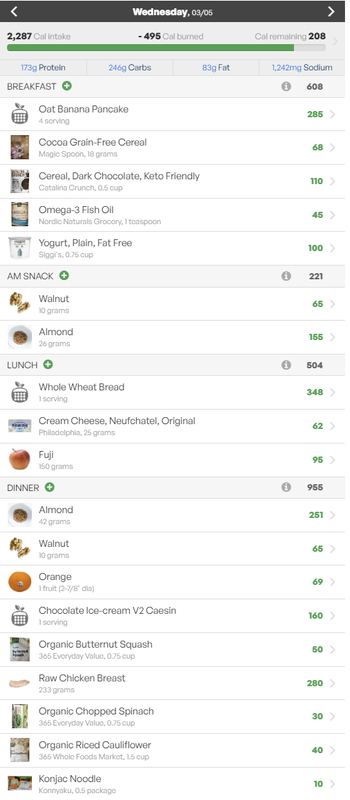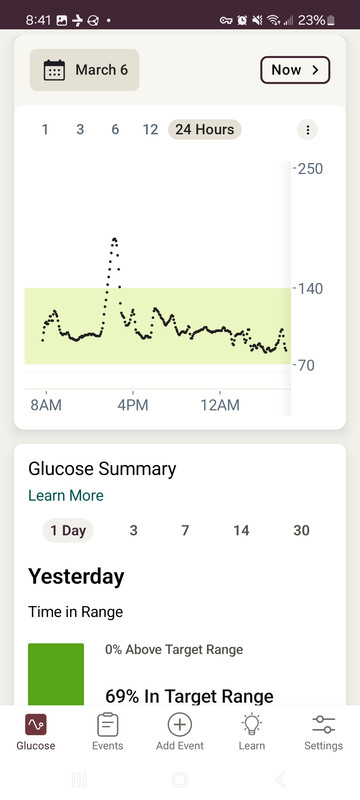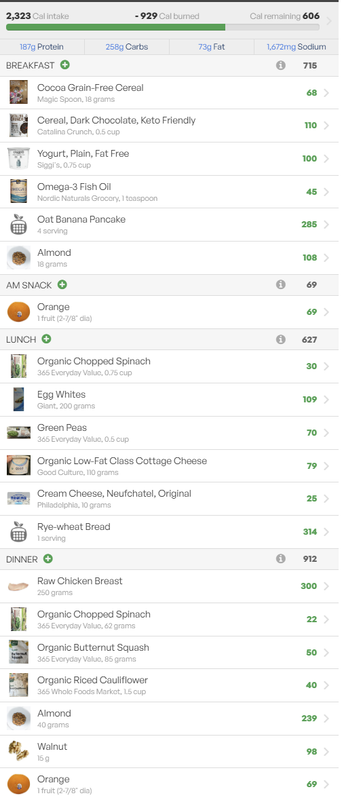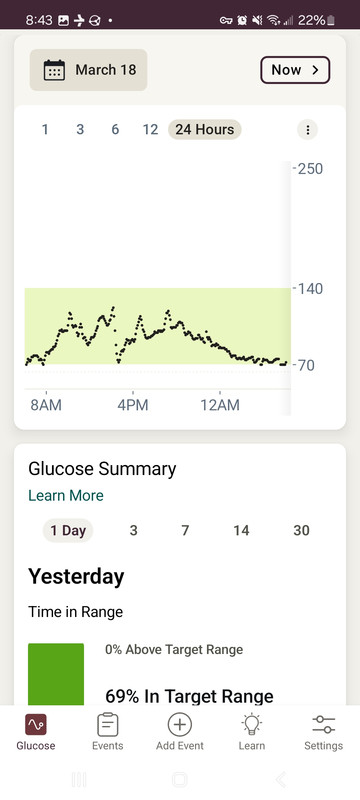Monitoring my glucose level with a continuous glucose monitor
Published: 2025-03-20
Last year around March, I went into a routine checkup which they did a normal blood test for me. After a couple of days, I got an email from the physician saying everything is great. Considering my athletic lifestyle, this comes as no surprise. However, the email also mentioned my hemoglobin A1c level, which is an indicator of basically how caramelized a person blood is, indicates I am touching the lower end of prediabetic level. This was a bit of a shock to me: my body fat level is about 11% at the time; I exercise basically everyday for at least two hours; I don’t drink, don’t smoke, don’t even drink soda and eat relatively healthy, how come I got prediabetic? Okay my grandfather was diabetic, so genes might play a role, but still, I was not expecting this.
I didn’t take it very seriously at first. Time passes and it was February 2025. I was trying to lose some weight and basically got on a super high protein diet (probably too high and I dialed it back to have more carbs while maintaining a calories deficit). During a high jump competition, I suddenly felt a drain of energy: I couldn’t see very well, felt dizzy, and profoundly tired. I knew this is a sign of hypoglycemia, which is my body cannot produce enough glucose to fuel my body. I yelled to my coach to get me some sugar, and he got me some gummi bears, which I ate and felt better. This happened again two weeks later in a training session, so I knew something is off about my glucose level.
I got a stelo continuous glucose monitor (CGM) to monitor my glucose level. The device is a small patch that you put on your arm, and it will measure your glucose level every 5 minutes. Here is what I ate and my glucose level for the first day:


The breakfast was completely fine: yogurt, a bunch of keto cereal, and some oat banana pancake I made. the glucose level was staying in a good range. Then the lunch scared the crap out of me. I was having a meeting with student, and I ate a small piece of whole wheat bread with some lite cream cheese. And this spiked my glucose level like crazy. The highest peak got to almost 190 mg/dL, which is far beyond the normal 140 mg/dL and getting close to the diabetic level of 200 mg/dL. It was just a whole wheat bread I made myself, and I only put one teaspoon of date sugar in it. I didn’t expect the whole wheat bread to spike my glucose level that bad, and the sugar crash that I thought it was normal my entire life, turns out to be an obvious sign of high glucose level.
I did search through the internet for how to improve the situation, and did some experiment on a number of things. Things were way more controlled on the second day already, but I still went above the 140 mg/dL level after lunch to about 160 mg/dL. After some more refinement, here is the result four days later:


It was almost the same food as the first day, except I had a bigger lunch since I had tough training day. But this is a good benchmark day to show the same food could have different impact on my glucose level. Even I had a bigger lunch, the glucose level never break through the 140 mg/dL threshold. There are a ton of resources online telling people how to manage their glucose level by choosing the right food, by considering the glycemic index or the glycemic load of the food. Those are true and useful, but somehow just choosing the right food doesn’t quite cut for me. Here are three tips I found they work well for me
- Eat slower. On the first day, I basically finish the bread within 5 minutes. On the fourth day, I intentionally spread it out to 20 minutes. This seems to flatten the glucose spike, especially when combo with the next tip.
- Order matters. Make sure you have some protein and fiber either before or with the carb. I first ate the cottage cheese and green peas, interleaved it with half of the bread, went doing my dishes, then finish the rest with my spinach/egg white scramble. The other food help slow down the digestion of the bread, which helps to flatten the glucose spike.
- Move around after eating. Take a walk, or even just march in place or do some stretching. I don’t know the exact science behind this, but it could be diverting the blood to the muscle instead of the stomach, which helps to slow down the absorption of the carb.
Now I learn how to get my glucose under control, this is a typical day for me now:

The biggest change through out this day is actually the dip around 3PM, which I was sprinting outside! You can barely see any spiking of my glucose level around lunch (1200) at all, even though I still ate basically the same food. After this two weeks of experiment, I definitely know how to organize my meals to keep my glucose level in check. The CGM is a great tool, but it does cost some non-trivial amount of money and make my left arm feel a bit unnatural when I am sleeping, so I am happy to have it off after two weeks. I will probably put it back on when I am trying out new food or new diet, but for now, I am happy to have my arm back. The good thing about this experiment is I don’t have to continue to do it the whole year. Now I have figured out what works for me, I can just follow the routine and I expect my glucose level to be roughly the same as this past two weeks.
The bottom line is: CGM is a great tool for you to understand how your body reacts to different food, if you are at risk of diabetes, definitely consider getting one to just understand how to be more mindful about your diet.